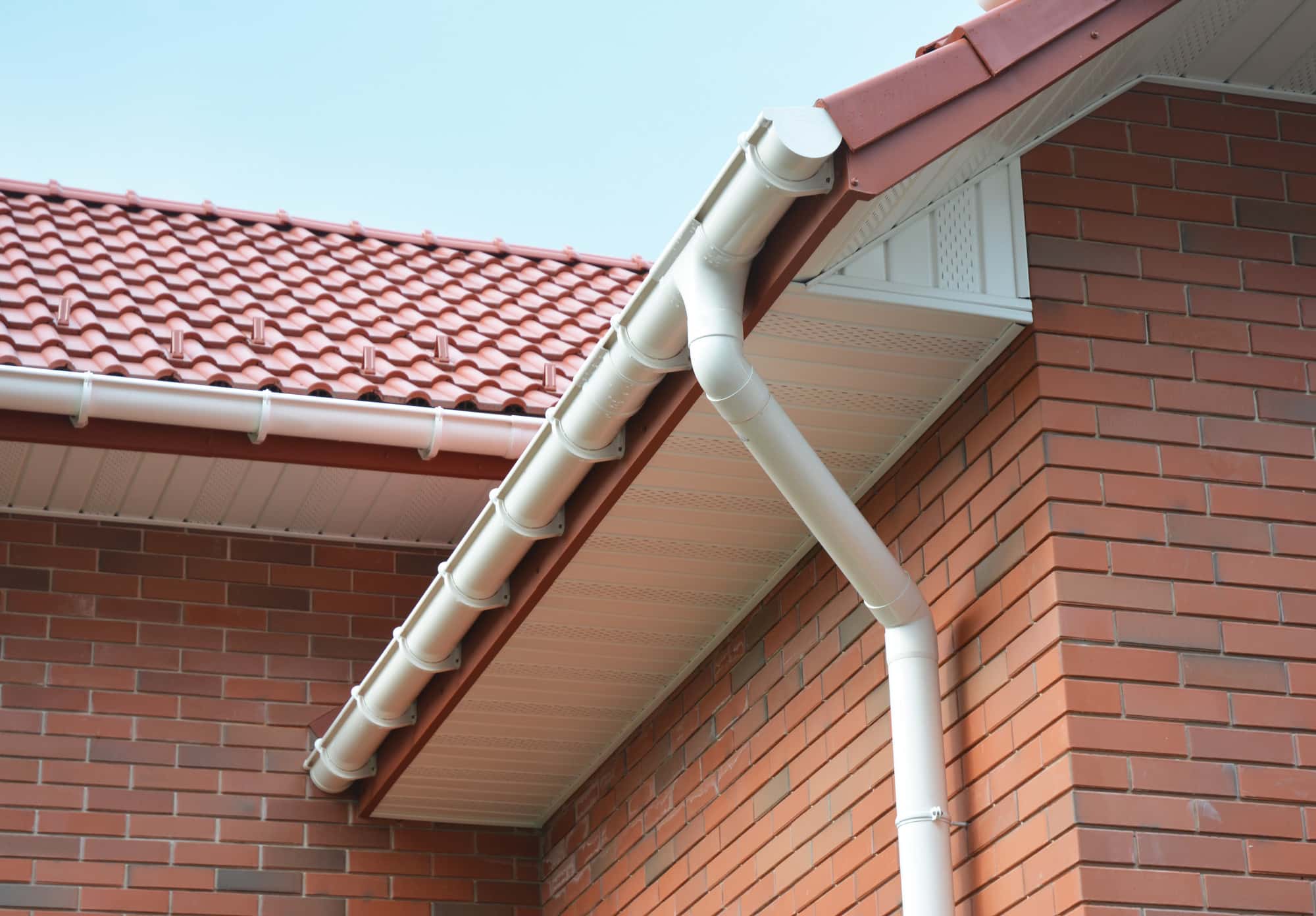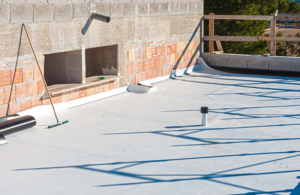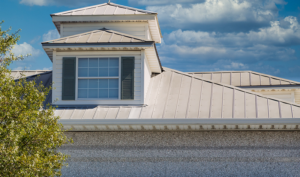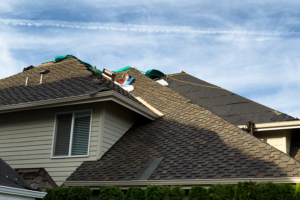Your home’s roof protects you and your belongings from the outside world. However, when you have a roof leak, the structure and stability of your home declines along with it. It’s crucial that you repair your roof immediately to avoid more serious damage later on that could lead to a roof replacement. However, there are common roof repair mistakes that are often made during the repair process. How can you know if you’re doing a good job? Proper installation includes some subtle considerations such as nail placement and correct location as well as identifying any underlying issues that may contribute to premature failure. An improper installation may look acceptable, until it rains.
If you’re about to work on roof repair mistakes, don’t worry- we’ve got you covered! Here are some of the most common roofing mistakes that you can avoid:
1. Misdiagnosing the Issue
Figuring out the location of an issue on your roof is one thing, but figuring out what is causing your roofing troubles is another. It’s an easy mistake to repair a roof immediately without properly diagnosing the reason behind the issue.
For example, one common problem is for the shingles on your roof to warp and curl in on themselves. You can replace the shingles, but without figuring out what caused your shingles to curl, you are bound to end up needing to repair them again in the near future. Also, the evidence of a problem is often not where the source of the problem is located. For example, sometimes a leak will form in proximity to a roof deck or other structure. These areas need to be checked.
If you want to avoid costly, repetitive repairs, do some investigating to find the source of the problem before getting into the repair work. Pay attention to the signs of damage and research common causes in order to diagnose the issue correctly!
2. Mismatched/Misaligned Roof Shingles
As important as is using quality roofing supplies and roofing materials, matching the type of existing materials is as well. Mismatched shingles can cause a repair to fail. While many professional roofers know the importance of replacing shingles with a correct replacement of the original, inexperienced roofers and do it yourselfers may replace their shingles with others of the same color. However, the shingles used for the original roof installation were designed to match the building specifications, which includes thickness and material quality. Three tab shingles are among the most common residential types of roofing shingles and they come in many colors and thicknesses.
No matter how close the colors of the shingles appear, there are bound to be slight differences between shades unless you get the same brand and material. These differences will stand out in the sunlight and can reduce your home’s curb appeal.
3. Too Many Layers
The visible roofing material is the primary layer of protection and It may seem like you can save more time and money by layering your new shingles on top of the old damaged ones. It may seem reasonable that the additional layer will further protect your roof and home in the long run, so why not layer the shingles? This overlaying is often done, but it depends on the condition of the existing shingles and underlayment, and can only be done under special circumstances. This is also a good time to check the fascia board.
When it comes to proper shingle installation and repair, there is such a thing as too many layers. The extra layers add weight and can damage the overall structure and stability of your roof. A professional roofer will know when layering is appropriate and when it should be avoided, so always ask if you’re in doubt!
4. Improper Roof Slope
The slope of your roof is the rise over the horizontal plane per unit distance and is crucial when it comes to avoiding water damage on and inside of your home. Your roof slope will vary depending on the original design and the material that your roof is made of, so make sure you do your research when doing your repairs. The slope influences among other things the amount of shingle overhang.
If you aren’t careful, you could risk serious water and structural damage to your home.
5. Reusing Flashing
In general you only want to use high quality materials. Roof flashing, for example the valley flashing, is a metallic material designed to direct water down and off of your roof, and is often reused or recycled during roof repair by professional and amateur roofers alike. However, you should always use new flashing when repairing your roof, especially on a drip edge and if you have a roof deck to work around.
Old and reused flashing wears down and becomes distorted far faster than new flashing and can become damaged more easily. This puts the home at risk of leaks. Also, any nail heads sticking up above grade will create opportunities for water penetration and possible structural issues.
6. Not Paying Attention to Moisture Protection
What’s underneath your roof is as important as what goes on top of it. Underlayment, and the roofing underlayment system that includes the drip edge, should be applied to all areas of your roof in order to protect them from water penetration, which can wear down the materials over time. You should also make sure to apply it underneath any additional attachments as well so that water can’t seep around them. Doing this will avoid potential issues in the future.
Also, do your research on water-resistant versus waterproof underlayment to decide what is best for your needs.
7. Forgetting About the Attic
When you’re working on repairing your roof, you can’t just focus on what you can see. You need to consider what’s underneath your roof as well, especially if your home happens to have an attic. If you don’t understand the structure underneath your roof, you may end up compromising the structural integrity of the building.
Sometimes, your attic is what’s responsible for your roofing troubles. Make sure there is proper attic ventilation; if not, it could be the cause for your shingles warping or for water damage to your roof and attic space!
8. Not Planning for Ice Dams
This final tip is more important for those who live in colder climates.
Ice dams can force water underneath your starter shingles, which can then freeze and damage your roof in the process. If you live in a colder area, you may want to consider adding extra underlayment to your roof as additional water protection, which includes an extended drip edge and wider valley flashing. If you’re in doubt about what type of underlayment you should use, talk to a professional roofer for more advice.
Now You Know How to Avoid Roofing Mistakes
It’s crucial that you know different roof repair mistakes in order to avoid them during your DIY repair! Keep these common errors in mind to ensure your roof is secure. If you’re ever in doubt during your roof repair, contact a roof repair specialist for guidance!
Are you searching for a home or commercial roofing company to help with your roof, but aren’t sure where to go?
We’re here to help.
Contact us with any questions or concerns you might have, and continue reading our blog for more helpful tips.
RESOURCES
Blue Nail Roofing has a Master Elite contractor status awarded by the largest roofing manufacturer in North America, GAF. Only 2% of contractors in the US meet the rigorous standards to achieve this status, which means you can be assured you are making a smart choice when you select the professionals at Blue Nail to execute your home and commercial roofing repairs. Call today to schedule a professional evaluation!
Copyright © 2020 Blue Nail Enterprises. All rights reserved. | Privacy Policy
Let Us Nail Your Project!
Send us a little information on our contact form about your commercial roofing or home improvement needs and an expert will reach out shortly.







